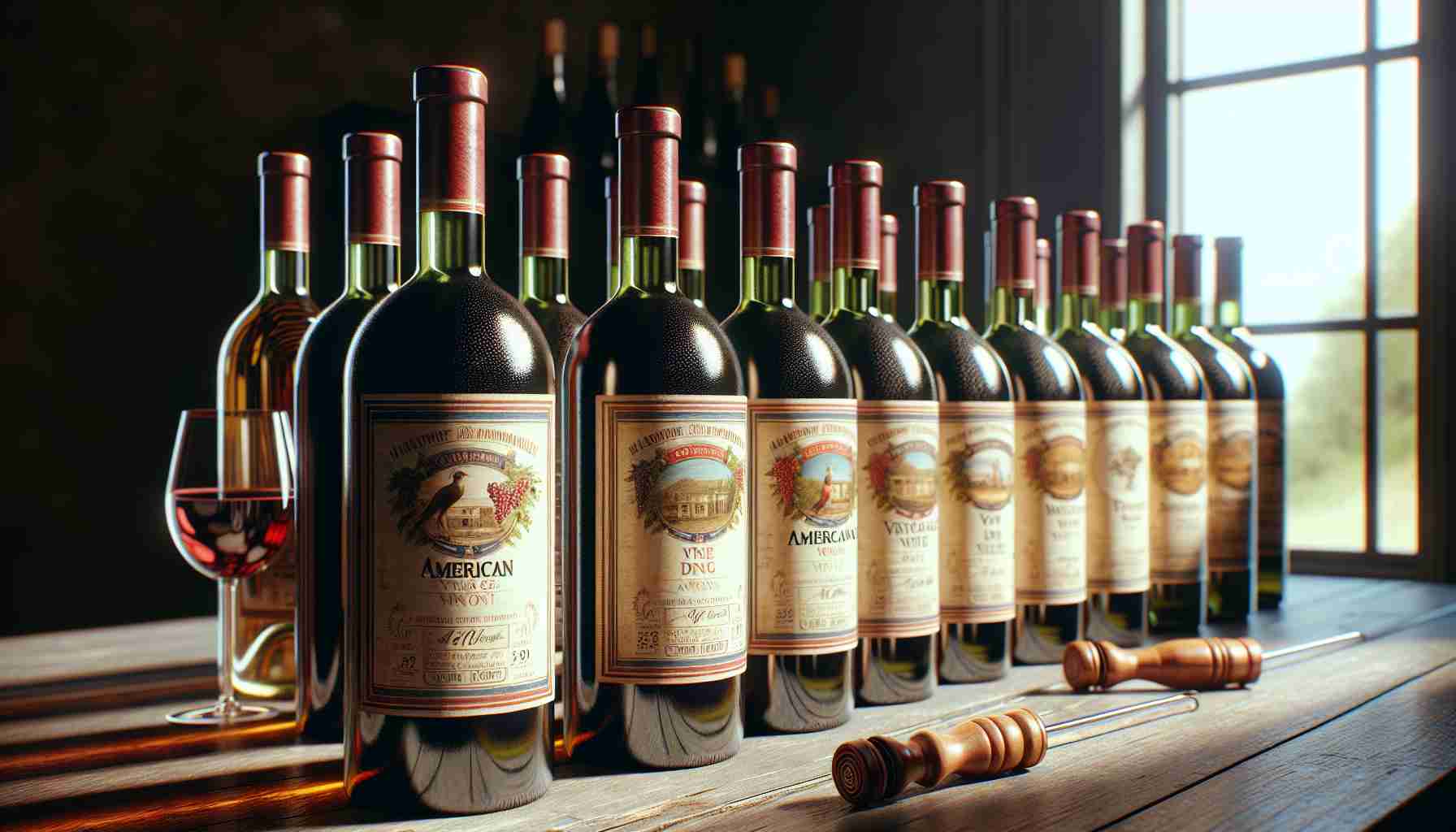Wine lovers, rejoice! As economic uncertainties loom with potential new tariffs, there’s some comforting news for aficionados on a budget seeking to explore high-quality American wines. Moving beyond the premium-priced giants, select US wines are making waves in the UK market—and they don’t break the bank.
Tesco’s Hidden Gem: Standout wines under £10 are rare, yet Tesco’s Finest Zinfandel from Lodi offers delightful blackberry and blueberry notes at just £9.50. This bottle is a refreshing find among the usually pricier American varieties.
Meanwhile, for those ready to indulge, Marks & Spencer offers a Napa Valley Cabernet Sauvignon with rich cherry and cassis flavors for £25. This showcases the bold, sunny essence of California’s famed cabernet sauvignons, reminiscent of more expensive offerings from the region.
Explore Further Afield: California dominates American wine production, boasting a wealth of diverse styles thanks to its varied terroirs and conditions. Yet, treasures extend beyond the Golden State. Résonance Pinot Noir from Oregon’s Willamette Valley is available online starting at £32.95, capturing the elegance and finesse of pinot noir from Burgundy expertise infused with an American twist.
Adventurous wine explorers can also venture to the Washington-Oregon border with Syncline’s Gamay Noir, a subtly spicy red priced at £33. There’s a rich tapestry of flavors to explore from these regions, offering compelling alternatives to the old world wines traditionally favored in UK cellars.
Unveiling the Unexplored World of American Wines: Beyond California’s Grape Gold
The world of wine is vast and often daunting, but it’s a richly rewarding landscape for those who dare to venture beyond familiar territories. While California often steals the spotlight with its legendary vineyards, recent developments in the American wine scene promise exciting discoveries from unexpected regions. These emerging areas not only diversify the wine selection but also contribute to technological innovations in viticulture and enology.
The Rise of Non-Traditional Wine Regions
As climate change impacts traditional wine-growing regions globally, alternative American areas like New York’s Finger Lakes and Virginia’s rolling hills are capturing intrigue with their unique conditions. These regions offer cool weather varietals unmatched by California’s sun-drenched climate.
Finger Lakes, for instance, is gaining acclaim for its Rieslings. The cold climate mirrors the conditions of Germany’s Mosel Valley, leading to crisp, aromatic wines that lure adventurous palates. Similarly, Virginia has a growing reputation for its Viognier and Cabernet Franc, tailored from its humid subtropical climate.
Technology’s Role in Modern Winemaking
These burgeoning wine regions are tapping into cutting-edge technologies to refine their craft. Precision viticulture using drones, sensors, and AI allows vintners to monitor vine health, optimally manage irrigation, and anticipate yield. This tech-savvy approach not only enhances wine quality but also pushes the boundaries of sustainable farming practices.
The deployment of hybrid grape varieties also represents a formidable innovation. Developed to resist diseases common in humid locales like Virginia, these hybrids maintain flavor integrity while reducing agricultural input, promoting both economic viability and environmental stewardship.
Facts and Controversies
Alongside these advancements, some controversies emerge. The significant reliance on technology in winemaking raises questions about the authenticity and traditional allure of handmade wines. Critics argue that while technology optimizes production, it risks homogenizing flavors, potentially dulling the artistry of traditional cult wines.
Prospective wine consumers might also question the environmental impact of tech-heavy operations. Ironically, the very technology enabling precision may also contribute to ecological disruptions via increased energy use and electronic waste.
Benefits and Drawbacks
On one side, these innovations democratize wine production, making it accessible in areas previously deemed unsuitable. New technologies help maintain vineyards in marginal climates, fostering local economies and preserving regional cultures around winemaking. On the other hand, the initial investment for such sophisticated setups can be a burden for small vineyards, potentially widening the gap between big and small producers.
Is There a Balance?
Can winemaking sustain traditions while embracing modernization? This remains a compelling question for oenophiles and winemakers alike. The fusion of technology and tradition continues to intrigue, challenging sectors to preserve the soulful artistry of winemaking while advancing through innovation.
If you’re a tech enthusiast fascinated by agritech, this burgeoning intersection of tradition and technology in the wine world is worth watching. Who knows—you might discover your next favorite blend far away from the traditional Californian giants.
For more comprehensive information on these wine regions, you might explore Wine Folly and Wine Spectator.
